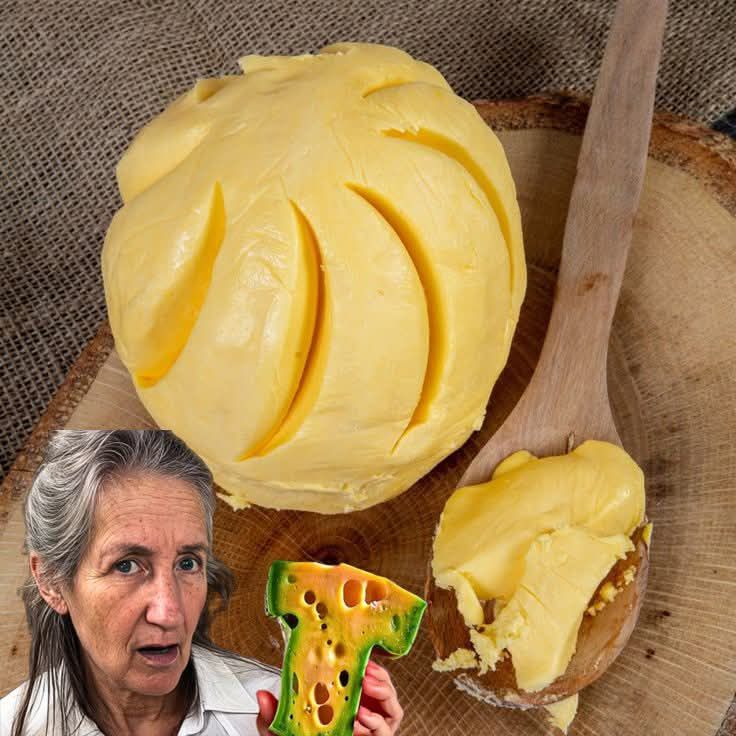ADVERTISEMENT
**How to Make Cheese at Home: A Delicious Journey from Kitchen to Creamery**
Making cheese at home is a fun, rewarding, and delicious experience. Whether you’re a foodie looking to expand your culinary skills or simply someone who enjoys fresh, homemade ingredients, crafting your own cheese can be an exciting journey. The process may sound intimidating at first, but with the right ingredients, tools, and a little patience, you can create delicious cheese right in your kitchen. From soft, creamy varieties to hard, aged cheeses, the possibilities are endless.
In this article, we’ll guide you through the process of making cheese at home, explain some basic techniques, and introduce you to the essentials of creating your own cheese from scratch. Get ready to embark on a culinary adventure that brings the creamery right into your home!
### Why Make Cheese at Home?
Before we dive into the process, let’s explore why making cheese at home can be so rewarding:
1. **Freshness**: Homemade cheese is as fresh as it gets! You’ll taste the difference in texture and flavor, especially if you’ve only ever had store-bought cheese.
2. **Customization**: You can control the flavor, texture, and even the level of salt in your cheese. Want a tangy goat cheese or a rich, creamy ricotta? You have full creative control!
3. **Educational**: Making cheese helps you understand the chemistry and science behind this ancient food, giving you a deeper appreciation for it.
4. **Satisfaction**: There’s something truly special about making cheese from scratch, and it can be incredibly satisfying to taste the fruits of your labor.
### Basic Tools and Ingredients You’ll Need:
Before you begin, gather these essential tools and ingredients:
#### Tools:
– **Large pot**: A heavy-bottomed pot works best for heating the milk evenly.
– **Thermometer**: You’ll need this to ensure the milk reaches the correct temperature.
– **Cheesecloth**: A fine cloth to drain the curds.
– **Colander**: To strain the curds and whey.
– **Cheese mold or form**: To shape your cheese (depending on the type you are making).
– **Long knife or curd cutter**: To cut the curds into even pieces.
– **Ladles and spoons**: For stirring and handling the curds.
– **Clean towels**: For sanitizing your work area and handling cheese.
#### Ingredients:
– **Milk**: This is the base for all cheese. Whole milk is commonly used for creamier cheeses, while lower-fat milk can work for firmer cheeses.
– **Rennet**: An enzyme that helps the milk coagulate and form curds. You can find rennet in both animal and vegetable-based varieties.
– **Starter culture**: Bacteria used to acidify the milk, giving the cheese its characteristic flavor and texture. For soft cheeses like ricotta or mozzarella, a simple starter culture will work. For harder cheeses, you may need specific cultures.
– **Salt**: This helps preserve the cheese and enhances its flavor. Non-iodized salt, such as kosher or sea salt, is recommended.
### Step-by-Step Guide to Making Cheese at Home:
#### 1. **Choose Your Cheese Recipe**
The first step is deciding which type of cheese you want to make. Some popular beginner cheeses include:
– **Ricotta**: A soft, fresh cheese that’s quick and easy to make.
– **Mozzarella**: A semi-soft cheese that’s perfect for pizza, pasta, or snacking.
– **Paneer**: A fresh, Indian cheese that doesn’t require aging.
– **Cream Cheese**: Soft and tangy, great for spreads or desserts.
Once you’ve chosen your recipe, you can follow these basic steps, which are common across many types of cheese.
2. **Heat the Milk**
Pour your milk into a large pot and begin heating it over medium heat. Use a thermometer to monitor the temperature closely. The milk should be heated to around **85-90°F (29-32°C)** for most soft cheeses and higher temperatures for harder cheeses (around **130°F or 55°C**). Stir gently to prevent the milk from scorching at the bottom.
For Complete Cooking STEPS Please Head On Over To Next Page Or Open button (>) and don’t forget to SHARE with your Facebook friends
ADVERTISEMENT
